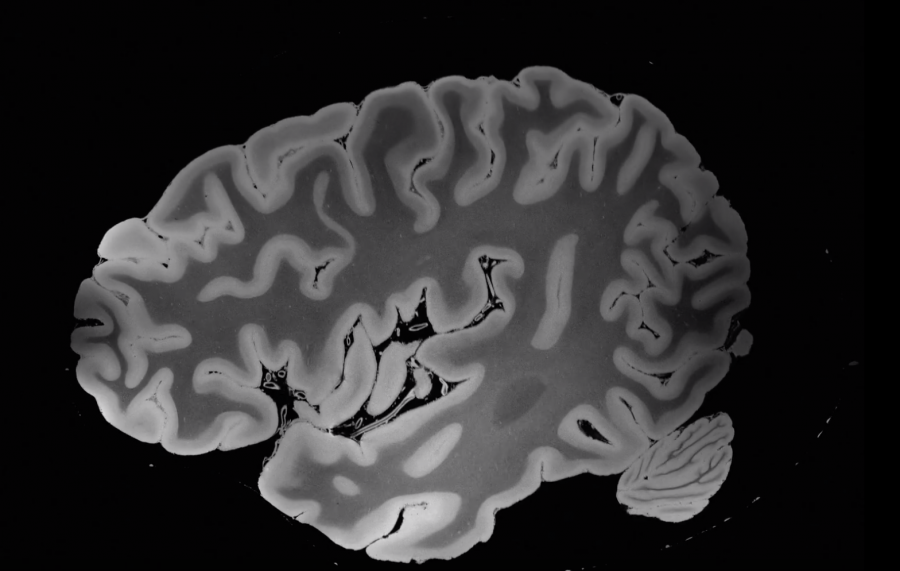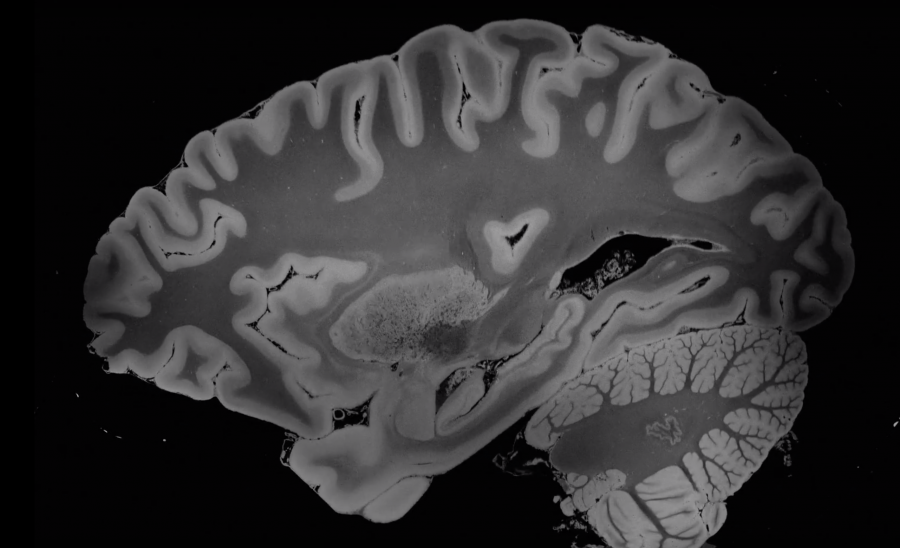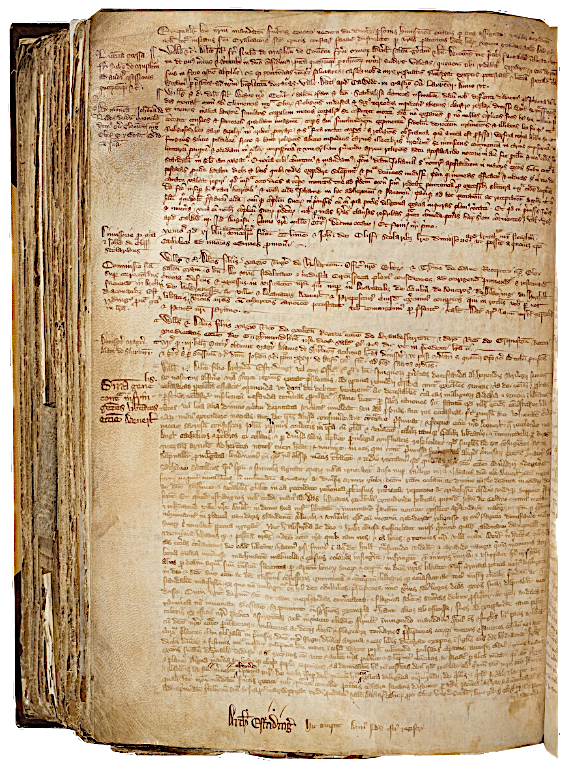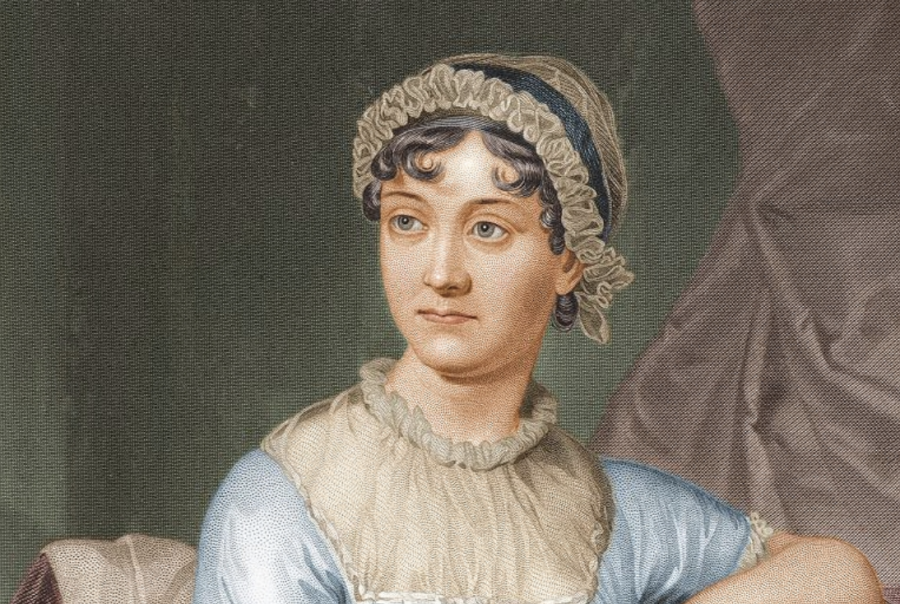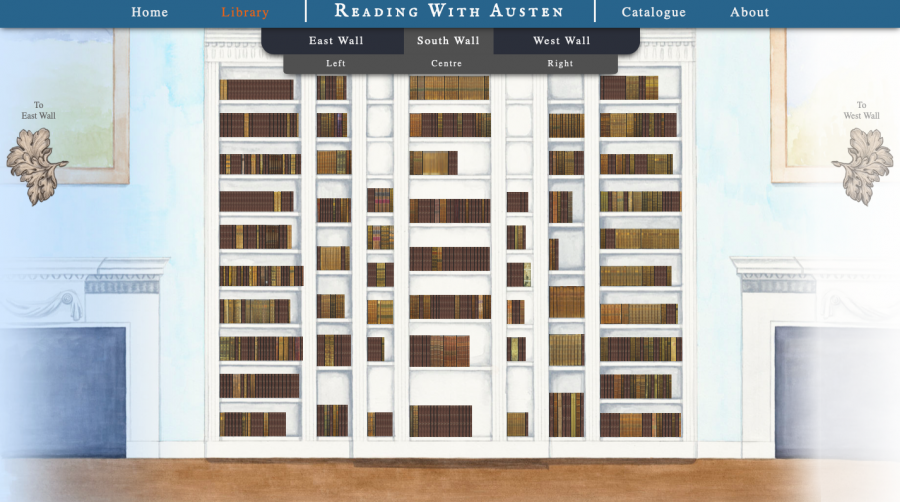This year’s big event to celebrate the 50-year anniversary of the most famous music festival in the world has died an ignominious death. As Variety wrote in a scathing “obituary” last month, “Woodstock 50 passed away today at the age of 7 months, following a brave and very, very long battle with cancel.”
Not a few people have said good riddance. What could the tribute—to take place not in Woodstock but in Baltimore—have in common with its namesake, save a small handful of the still-living original performers? The use of “Woodstock” as a brand seems cynical, but then again, we’ve also grown leery of the legend of Woodstock 1. What was it about? Classic rock stars on a farm? Stoned, naked hippies flailing in the mud? What justifies the fifty years of hype?
Woodstock was about much more than druggy flower children shagging in bedraggled tents, yet this stereotype was propagated from the start. The festival “was a stridently antiwar spectacle,” online history project All About Woodstock explains. “Its message was diluted by the media. Rather than focus on the political statements made, mainstream cultural commentators talked about hippies, long hair, and nudity.” A belated wedding party, Woodstock symbolized “the merger and ambivalence of the counterculture and protest.”
The marriage may be in shambles in the time of Woodstock 50 but it held on for several decades. Woodstock “was the ‘coming out’ party of the rock ‘n’ roll generation,” writes NPR. Folk singer Richie Havens, the festival’s first performer, remembers it as “the beginning of the world, as far as I was concerned.” Booked for a 20-minute set, Havens ended up playing for much longer when Santana couldn’t be found, ad-libbing “Freedom (Motherless Child)” as his closer.
“The word ‘freedom came out of my mouth because this was our real particular freedom,” he says in an interview with NPR’s Tony Cox. “We’d finally made it to above ground.” A few months later, in December, the decade closed on a much darker note, symbolized by the Rolling Stones’ bloody Altamont Free Concert. But for three days that year, August 15–17, 1969, it seemed like music festivals might change the world.
Maybe they did. Woodstock organizer Michael Lang thinks so. “I think Woodstock proved the world that it was possible for people to live peacefully,” he said in a 2015 interview. “It gave credence to the positions we as a young generation took on personal freedoms, ending a war we felt unjust, respect for the planet, the fight for civil rights, women’s rights, and human rights in general. The impact on society continues to this day.”
The festival was also, of course, a massively star-studded event filled with career highlight performances like Hendrix’s radical, blistering “Star-Spangled Banner.” Not every act showed up to make a statement. The Who were pretty sour about the gig, Lang remembers. “They were not part of the ‘hippie’ thing and Pete Townsend had to be talked into taking the date.” But those who came to make a statement weren’t shy about it. Jefferson Airplane called for volunteers for the revolution in their anti-war anthem “Volunteers.” Country Joe and the Fish ended the second set on Saturday with their satirical “I‑Feel-Like‑I’m‑Fixin’-to-Die Rag,” an explicitly anti-Vietnam War song that asked, “what are we fighting for”?
Joan Baez, six months pregnant at the time, sang traditional folk songs, Dylan’s “I Shall Be Released,” and Gram Parson’s “Hickory Wind.” Her closer, spiritual “We Shall Overcome,” bridged the music of the Civil Rights movement with that of the anti-war movement, proclaiming in her glorious soprano, “We shall live in peace someday.” The moment, fifty years ago this week, can never be recreated, no matter how much money organizers throw at Woodstock retreads. But we don’t need millions to remember what the original Woodstock stood for. Sex, drugs, and mud got all the press, but the festival’s intentions were to protest war overseas and hatred and murder at home with three days of peace and music—a vision, as Havens extemporaneously sang out, of another kind of freedom.
The original festival, “essentially a mass movement promoting peace,” gets yet another look in a new American Experience documentary, Woodstock: Peace, Love and Music, which premiered last Tuesday on PBS. (Stream it free here.) With “never-before-seen footage” and testimonials from “those who experienced it firsthand,” the film documents the event’s highs and lows, including the many “near disasters” that “put the ideals of the counterculture to the test.” Also see the New York Times article, “How to Relive Woodstock From the Comfort of Your Couch,” which features “six movies, 12 album collections, two songs and 17 books that will take willing travelers back to August 1969.” This includes, of course, Michael Wadleigh’s iconic documentary, Woodstock: 3 Days of Peace and Music.
Related Content:
Jimi Hendrix Live at Woodstock: Historic Concert Captured on Film
David Crosby & Graham Nash at Occupy Wall Street; Echoes of Woodstock
Wattstax Documents the “Black Woodstock” Concert Held 7 Years After the Watts Riots (1973)
Josh Jones is a writer and musician based in Durham, NC. Follow him at @jdmagness.

